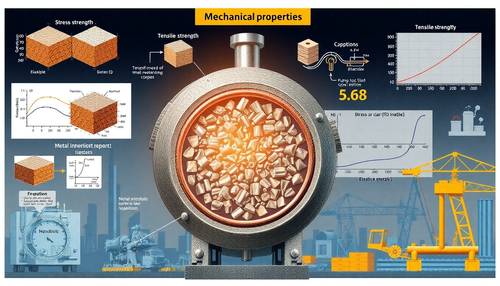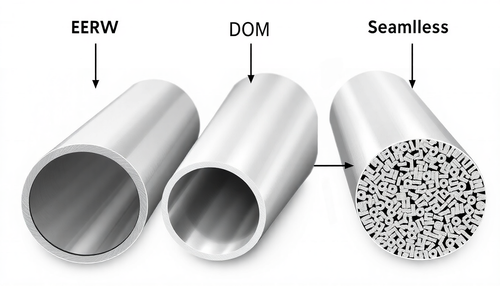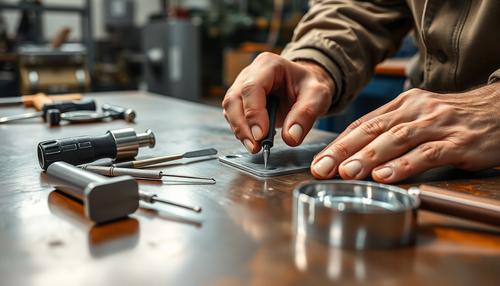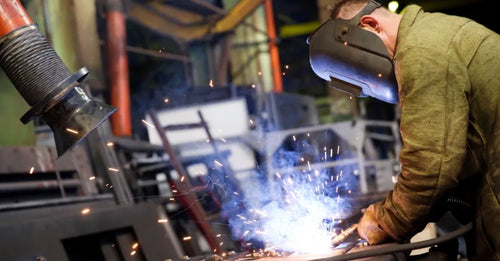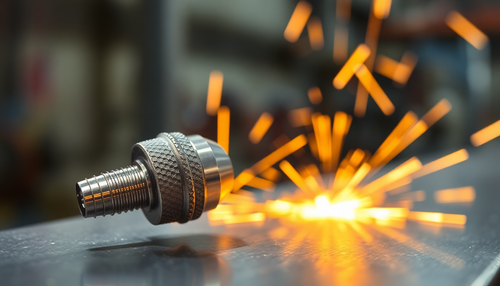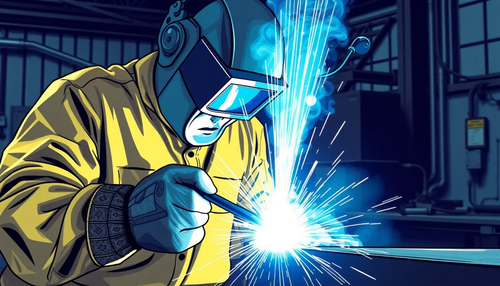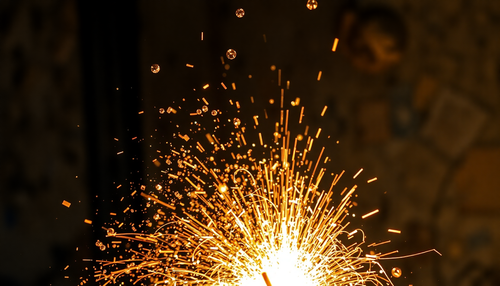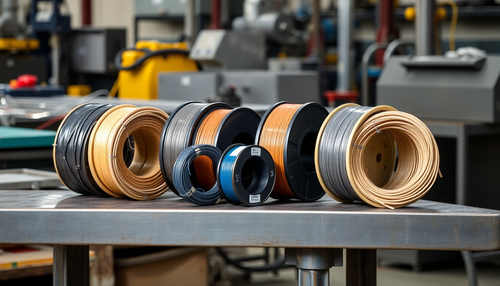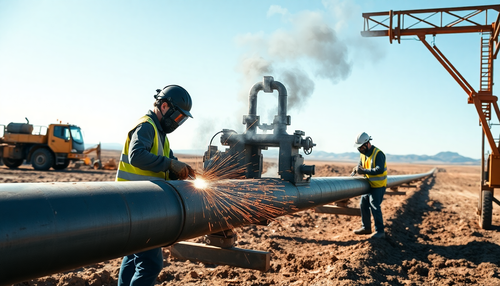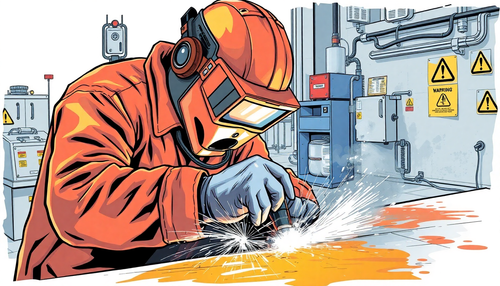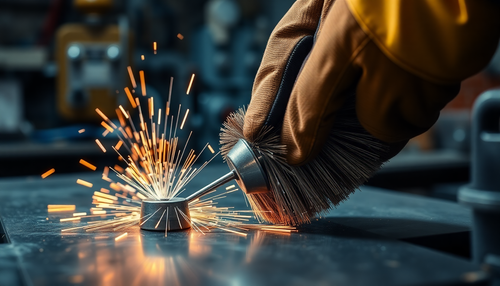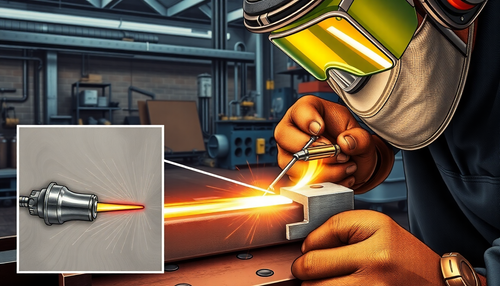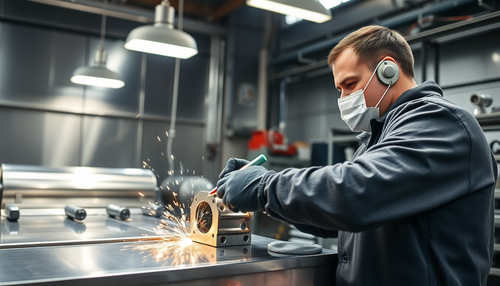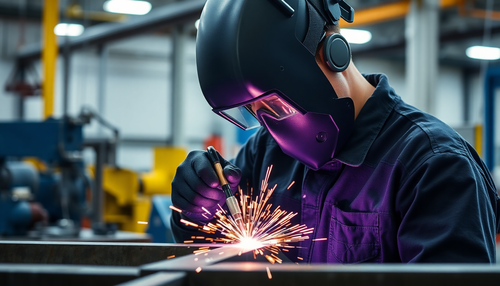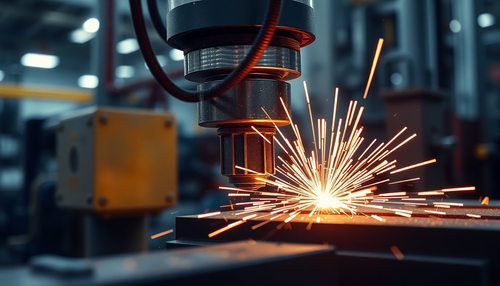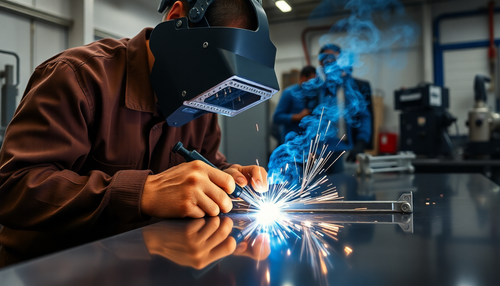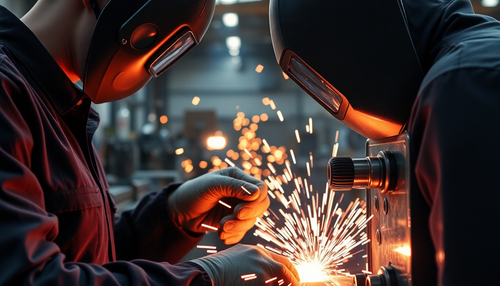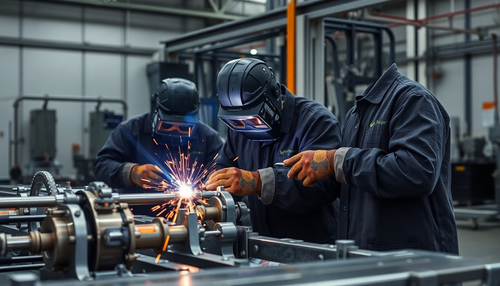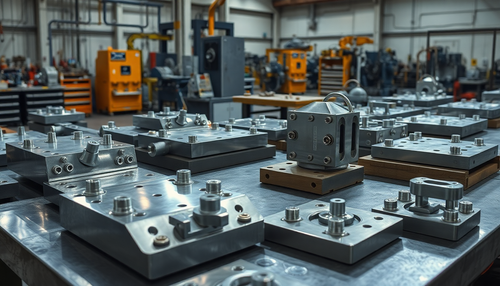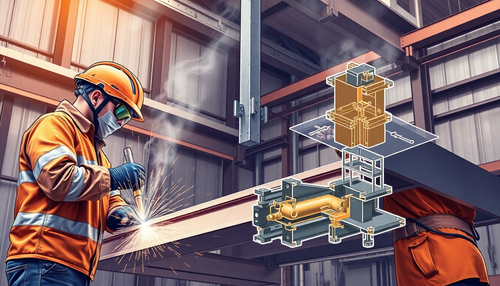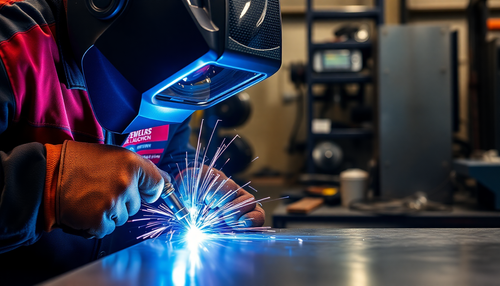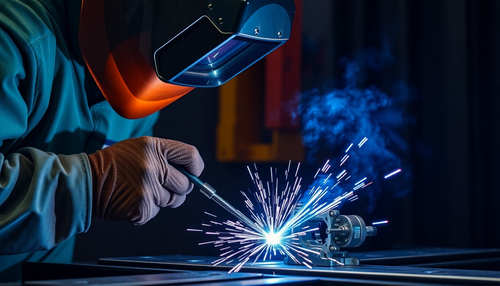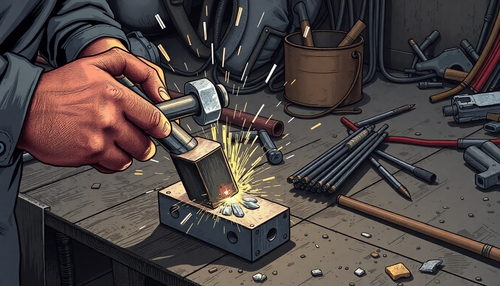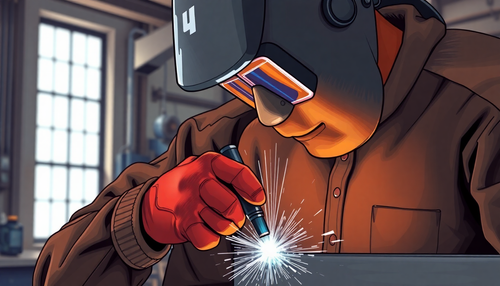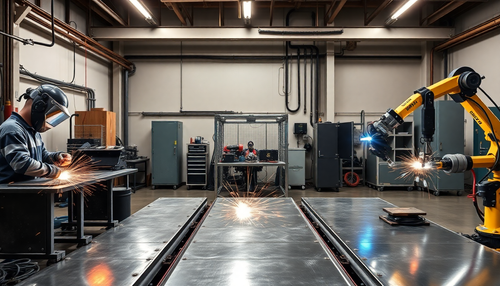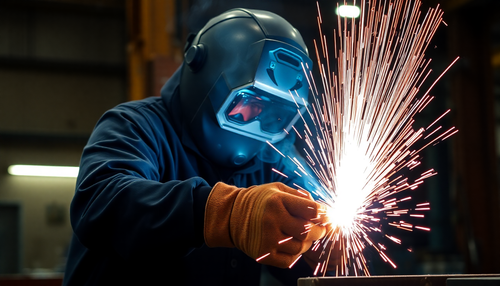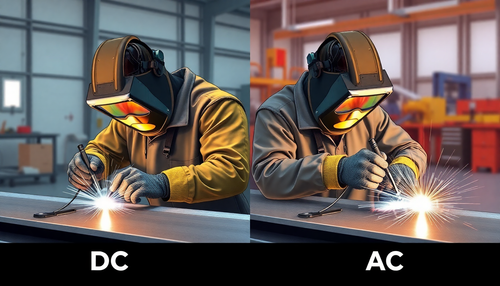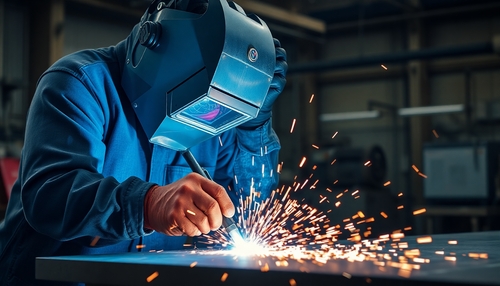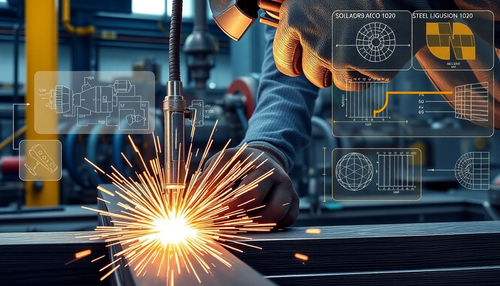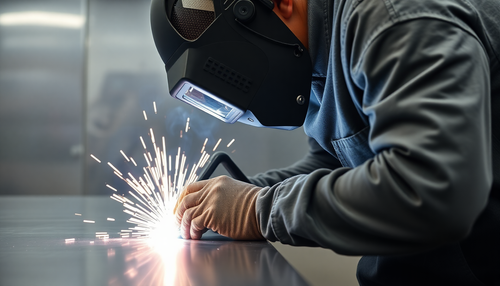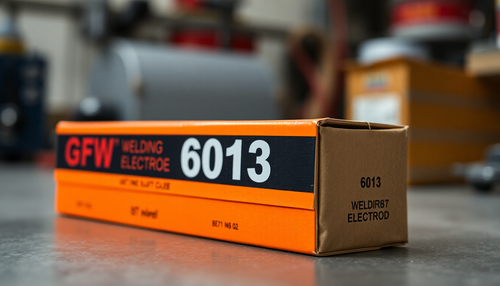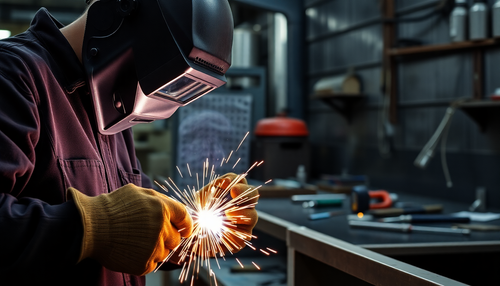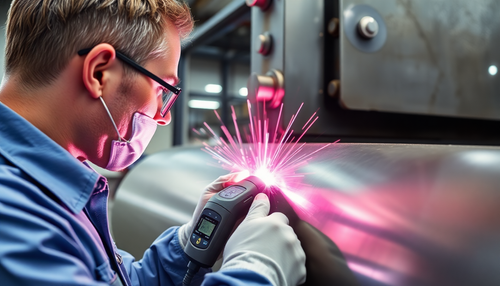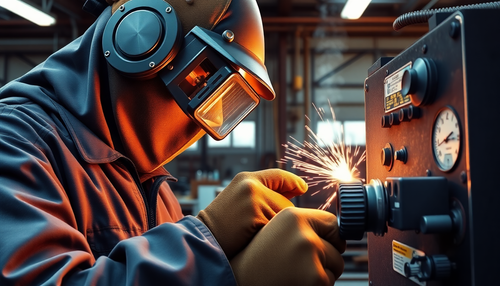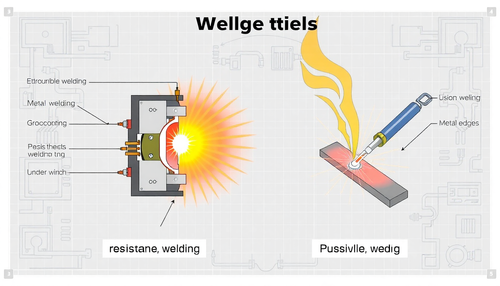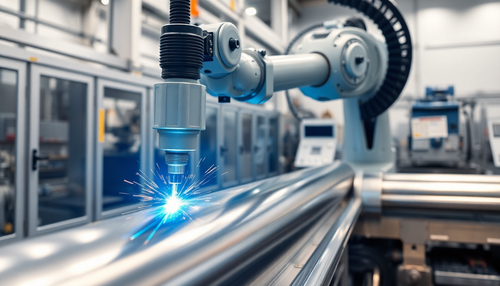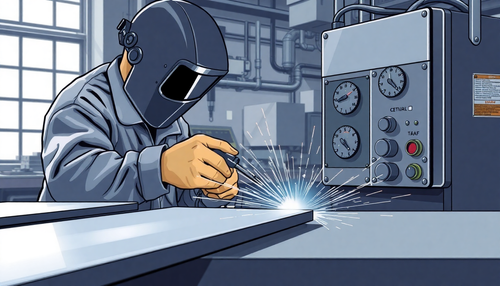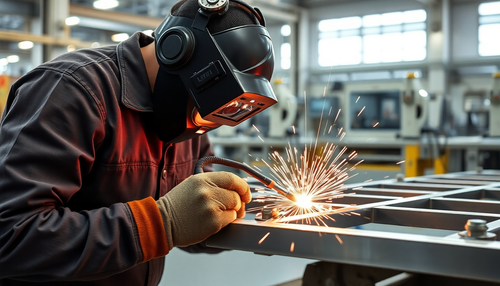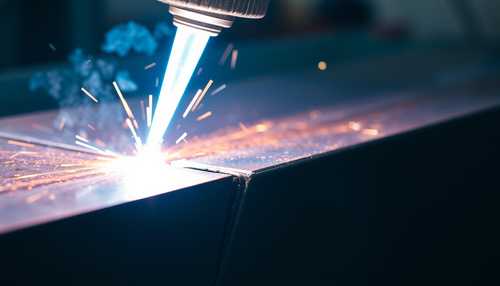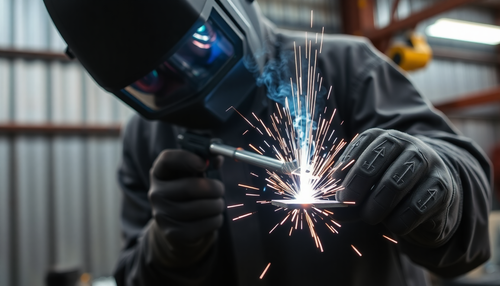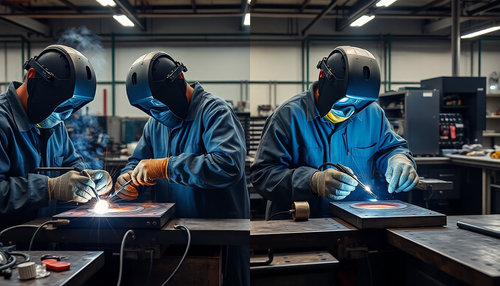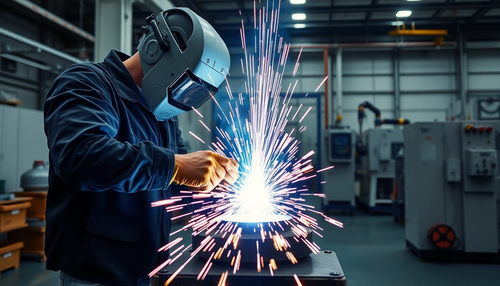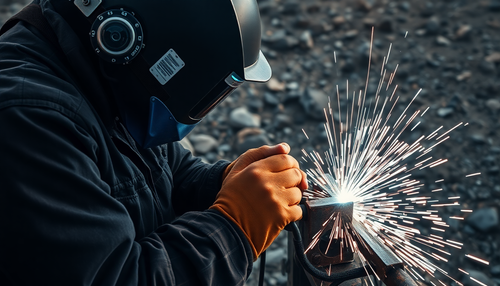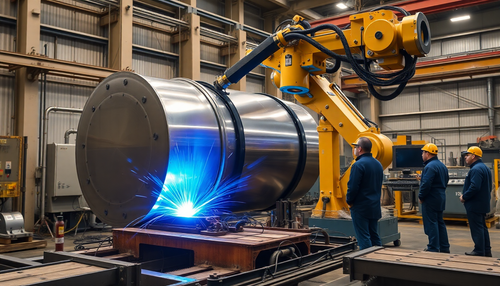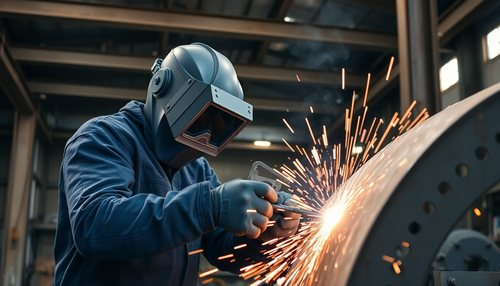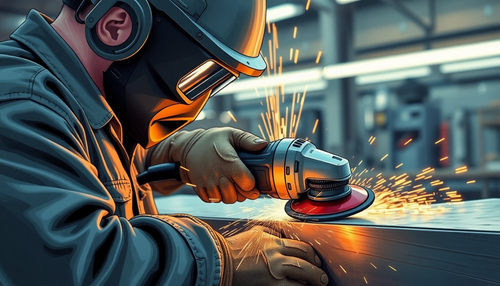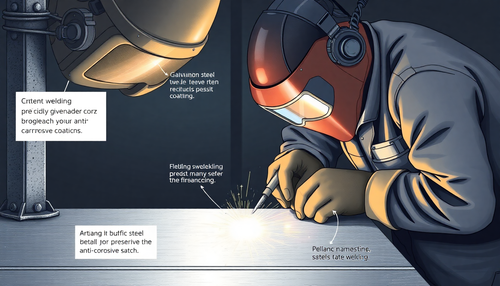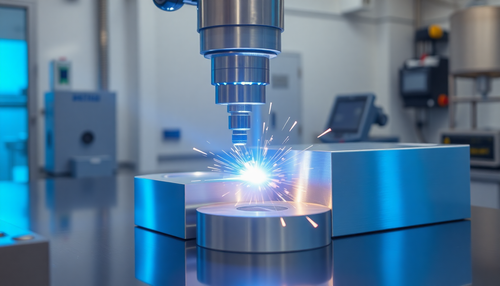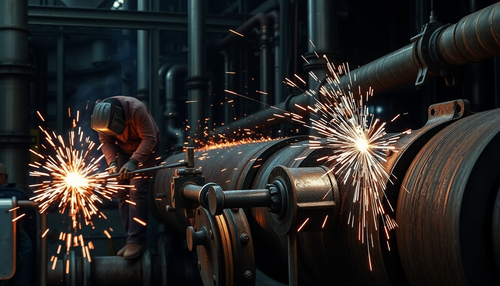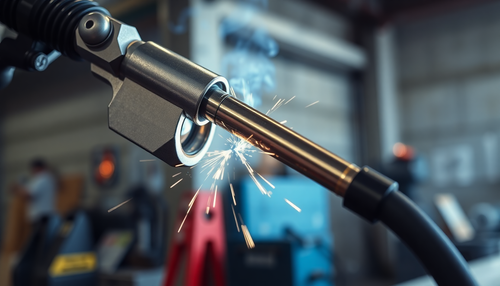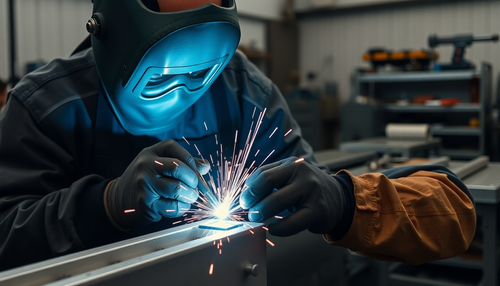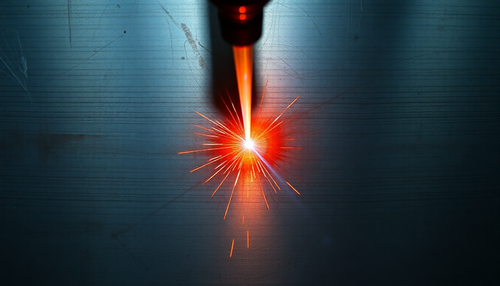Introduction
A large number of steel varieties are used in machine components.
Engineering materials and how they are designated.
Steel :
It is an alloy of iron and carbon, with a carbon content of up to 1.5%. Carbon occurs in the form of iron carbide, due to its ability to increase the hardness and strength of steel. Other elements, such as silicon, sulfur, phosphorus and manganese, are also present.
in a greater or lesser amount to give it certain desired properties. Most steel produced today is plain carbon steel or simply carbon steel.
Carbon steel is defined as a steel that has its properties mainly due to its carbon content and does not contain more than 0.5% silicon and 1.5% manganese.
Plain carbon steels ranging from 0.06% carbon to 1.5% carbon are divided into the following types depending on the carbon content.
1. Dead carbon steel – up to 0.15% carbon
2. Low carbon or mild steel — 0.15% to 0.45% carbon
3. Medium carbon steel – 0.45% to 0.8% carbon
4. High carbon steel – 0.8% to 1.5% carbon
Steel Designation
Steels are designated by a group of letters or numbers that indicate any of the following three properties.
1. tensile strength;
2. carbon content; It is
3. composition of alloying elements.
Steels, which are standardized based on their tensile strength without detailed chemical composition, are specified in two ways: a symbol Fe followed by the minimum tensile strength in N/mm2. Another method is FeE steel followed by yield strength in N/mm2.
For example:
Fe350 – This indicates a steel with a tensile strength of 250 newtons per square mm.
FeE 250- resistance yield of 250 N/mm2.
Designation of Simple Carbon Steels:
This consists of the following three quantities:
1. Figure e indicating 100 times the average carbon percentage.
2. a letter C
3. A value that indicates 10 times the average percentage of manganese.
Example: 55C4 indicates a plain carbon steel with 0.55% carbon and 0.4% manganese.
Designation of non-alloy free cutting steels.
This consists of the following quantities.
1. a number that indicates 100 times the average percentage of carbon.
2. a letter C
3. A value that indicates 10 times the average percentage of manganese.
4. a symbol S, Se, Te or Pb depending on the element that is present and that allows free cutting of the steel.
5. a value that indicates 100 times the average percentage of the above elements that make the steel free cutting.
Example
25C12S14 indicates free cutting steel with 0.25% carbon, 1.2% manganese and 0.14% sulfur.
High alloy steel designation
The designation of high alloy steels consists of the following quantities
1. a letter 'X'
2. a number that indicates one hundred times the average percentage of carbon
3. Chemical symbol for allowing elements, each followed by the value of its average percentage content, rounded to the nearest whole number.
4. chemical symbol to indicate especially that element added to achieve desired properties, if any.
Example:
X15Cr25Ni12 is a high alloy steel with 15% carbon, 25% chromium and 12% nickel.
Designation of cast steels
Cast steel components are manufactured by pouring molten steel into the mold.
There are two varieties of steel castings
1. Carbon steel castings and
2. High strength steel castings.
Cast steels are designated according to their tensile strength.
Example:
CS640 is a steel casting with a minimum tensile strength of 640 N/mm2.
Designation of alloy steels:
The designation of alloy steels consists of the following quantities:
1. number that indicates one hundred times the average percentage of carbon
2. chemical symbol for admitting elements always followed by the value of their average percentage content multiplied by the factor. The multiplication factor depends on the alloying element and is shown in the following figure.
In alloy steels, if the % manganese is greater than 1, the chemical symbols and their numbers will be arranged in descending order of their percentage content.
Example:
25Cr4Mo2 is a steel alloy with an average of 0.25% carbon, 1% chromium and 0.2% molybdenum.

Designation of steel castings and forgings:
Five types of steel castings are designated below by the Bureau of Indian Standards:
(i) Non-alloy steel castings are designated by the letter CS followed by the minimum tensile strength in MPa (N/mm2).
(ii) Cast parts made of special non-alloy steels (high magnetic permeability) are designated by the letters CSM followed by the minimum tensile strength in MPa (N/mm2).
(iii) Alloy steel castings are designated by the letters CS followed by the minimum tensile strength in MPa and the chemical name and percentage of important alloying elements.
(iv) Heat resistant steel castings are designated by the letters CSH followed by the minimum tensile strength in MPa and chemical name and percentage of important alloying elements.
(v) Corrosion-resistant steel castings are designated by the letters CSC followed by the minimum tensile strength and chemical name and the percentage of important alloying elements.
Some examples requested in the exam
1. Identify the Material and Composition:
a) X 10 Cr18Ni9Mo4Si2:
Material: High alloy steel
Composition: Average 0.1% carbon, 18% chromium, 9% nickel, 4% molybdenum, 2% silicon.
b) XT 72 W 18 Cr 4 V 1 :
Material: High speed tool steel
Composition: average carbon content 0.72%, tungsten 18%, chromium 4% and vanadium 1%.
2. Give the composition of
(i) FeE220: Steel with a yield strength of 220 N/mm2.
(ii) 20C8: Carbon steel containing 0.15 to 0.25 percent (0.2 percent on average) carbon and 0.60 to 0.90 percent (0.80 percent on average) manganese.
3. State the following material specifications.
(i) FeE 230 (ii) FG 200 (iii) 35C8 (iv) X20Cr18Ni12
i) FeE 230 – steel (steel with yield strength of 230 N/mm2) with minimum tensile strength of 230 N/mm2
ii) FG 200- Gray cast iron with minimum tensile strength of 200 N/mm2
iii) 35C8 Means a medium containing carbon steel. the carbon percentage is 0.35 and average. the percentage of manganese is 0.8.
iv)


